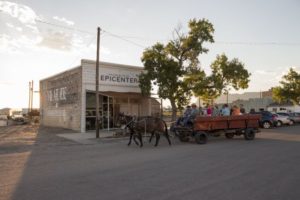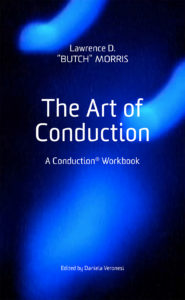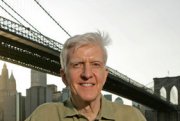The National Endowment of the Arts, arguably the most misunderstood and beleaguered doing-good office of the federal gov’t (excluding the NEH, EPA, Consumer Financial Bureau, Civil Rights Division of the Justice Dept., and a few others) has issued its 2017 funding report, highlighting that its monies (monies from we US taxpayers) flow to communities in all […]
How Charles Lloyd stays marvelous
During the 50 years since his breakthrough album Forest Flower (released in February 1967, recorded live at the Monterey Jazz Festival the summer before) — comparable in some ways to The Epic success of Kamasi Washington – saxophonist-flutist Charles Lloyd has been unusually popular for an adventurous jazzman. He showed how he’s done that, accomplished a long career while expressing […]
Butch Morris’s workbook for spontaneous composition published
The deathbed wish of composer-cornetist Lawrence Douglas “Butch” Morris (1947-2013) was that his detailed documentation of Conduction®, the method he devised to enable spontaneous composition for ensembles of literally any type employing codified hand-signals, be published in hardcover. This has come to pass. On April 24 and May 1, events in New York City will launch […]
Composer Heiner (Brains on Fire) Stadler @ It’s Psychedelic Baby
Heiner Stadler is a lesser-known but fascinating New York City-based composer who’s stretched he structures and dimensions of jazz with all-star productions including A Tribute to Monk and Bird and Brains on Fire (which I annotated for recent reissue). It’s Psycheledic Baby, the online magazine by Klemen Breznikar taglined “discover the unknown” has published an interview with Stadler — a Polish-born (’42) WWII refugee who heard a […]




